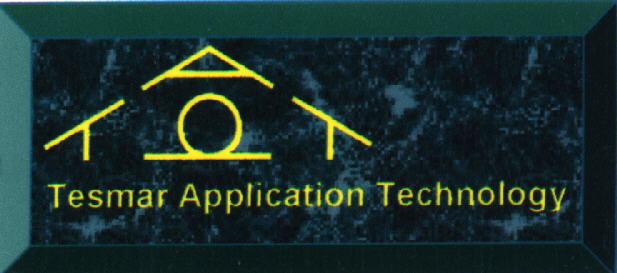|
In Defense of Silane PEX You don’t have to look far to see that competition is heating up in the crosslinked polyethylene (PEX) tubing business. More and more system suppliers are getting into the act, while more PEX tubing extruders are coming on line. It’s come a long way from just a few years ago when I represented the only producer on the continent, as I stood, alone, before the various model code agencies to explain the virtues of ASTM F876/877. Now, we can’t escape the new crop of PEXperts (who three years ago didn’t know their PEX from their Gluteous max). You can hear some pretty definitive statements that stretch plastic farther than my gold card the day after Christmas. Most PEX is great stuff. It has some amazing properties when compared to other plastics. Some of these properties come from the raw materials (PE is pretty neat on its own), some come from the advanced stabilization that is available from improved chemistry, and some comes from the cross linking itself. Pex begins as a Polyethylene (PE) raw material. PE has been used very successfully for many years in underground distribution of water and natural gas. The low temperature performance of PE is very good and PEX tubing draws its low temperature attributes from the polyethylene raw material more than anything else. PE makes good ice cream buckets. Hydrocarbons (such as PEX) break down (age) as they eventually combine with oxygen (oxidize). To prolong this process, plastic pipes are infused with an antioxidant (AO) package of chemicals which stabilize the finished product against such oxidative break down. Chemists have, in a sense, discovered the fountain of youth for plastics among the wide range of antioxidants. The performance of plastic pipes depends on the adequacy of the antioxidant stabilization package, the distribution of antioxidants within the product, and the ability of the antioxidant to remain within the material for a long periods of time when exposed to harsh environments. Today, the antioxidants are very good and getting better. In the past, many of the failures of plastic pipe were largely due to lack of adequate AO stabilization. Sometimes inadequate stabilization was added to the “recipe”, or sometimes the antioxidants were consumed in the extrusion process. This shouldn’t happen with any form of PEX tubing because PEX has a unique property that allows it to be easily tested for residual antioxidants. Since PEX does not melt at very high temperatures, it can be placed in an oven and aged quite rapidly to demonstrate the effectiveness of the AO stabilization package. Any evidence of embrittlement would indicate inadequate stabilization and failure of the production lot. At the same time, any evidence of melting would indicate inadequate crosslinking. As far as the method of crosslinking is concerned, suffice it to say that there are several methods of causing the molecules to crosslink. The most popular methods of producing pipe are referred to as the Engle process, the Electron Beam process and the Silane process. Each manufacturer will gladly explain how their process is superior. There are certainly differences between the processes, but virtue is another matter. The Engle process is a chemical one that creates the crosslink bond during the time when the material is molten (amorphous). This process is slow, requires extreme pressure and some rather unique tooling and raw materials. The results are great but costly. The type of extruders used are hard to control and the forming tools must be changed often because of the affects of heat and pressure on them. Unavoidably, the wall thickness varies more than other forms of crosslinking. In short, Engle PEX is very good, but costly. The Electron Beam, or “Radiation” method crosslinks the material in the solid or “crystalline” state. The tubing passes through a radiation chamber that bombards the material and causes the crosslink bonds to form. The cost of building an electron beam facility is very high. Such facilities are normally designed for specific wall thickness, therefore the cost of tooling for larger diameter pipes increases disproportionately from other methods of crosslinking. The end results are very good PEX tubing and good production rates if you can anti up the front costs. The Silane process crosslinks the material in the crystalline state. Sort of. Actually, there have been so many advancements made in Silane method(s) that it’s difficult to generalize on the process. A lot of money and research has been directed at the Silane process because it has the best potential, among the various processes, for cost effective production. The extrusion is less aggressive, easy to control and the dimensional tolerances are exceptional (very important with regard to fittings technology). Production is fast, raw materials are less expensive, and there is generally less “scrap”. The distribution of antioxidant is, I am told, better in the Silane method(s). More importantly, the future looks bright in that the Silane advantages are likely to improve over time. As a final note to those that “choose up sides” in the great PEX face off, I would caution you to keep your options open. Wholesalers, System Suppliers, and Manufacturers, alike should accept the fact that technology will continue to advance. As we have seen time and time before, a “Cash Cow” can grow feathers and begin to look more like a “Turkey”! Tom Tesmar is an industry consultant specializing in the field of emerging technology for heating and plumbing systems. Tom can be reached at Tesmar Application Technology, 595 Tower Road, Hudson, WI 54016, (715) 381-2967, FAX 715 381-2965, or ttesmar@pressenter.com on the Internet. |
|

